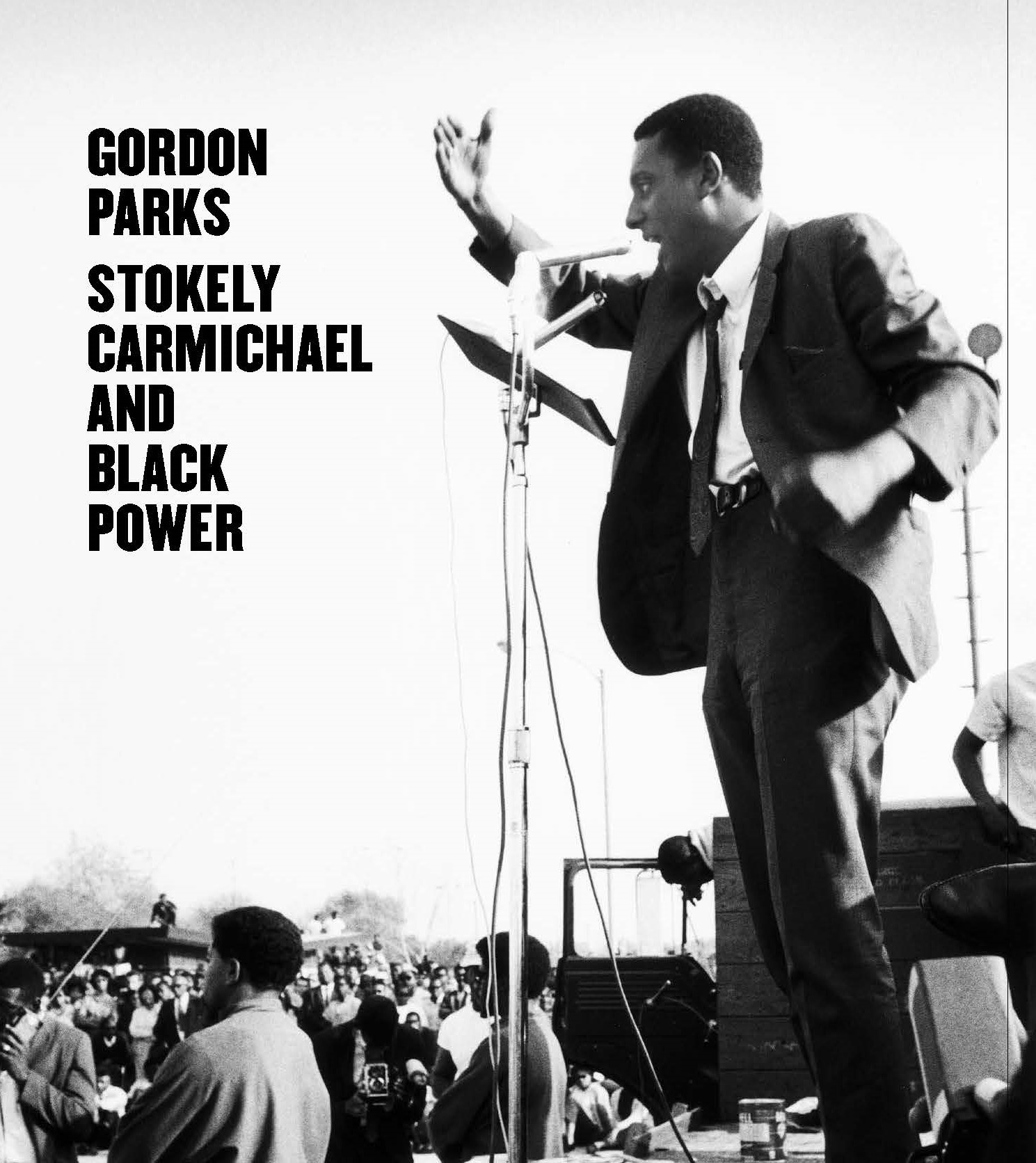

This Vogue alum was so impressed by Carmichael that he went on to shadow him into the following year. Gordon Parks, Untitled, Watts, California, 1967ĭuring this tumult, Gordon Parks met Carmichael in Berkeley while on assignment for Life magazine, where he was the first Black staff member. News outlets cautioned against a rise in reverse racism, and the polls saw a white backlash that November when many Anglos interpreted “Black Power” as a call to violence. The photographer Bob Fitch had captured Carmichael baring his teeth as he forcefully gesticulated, his features underlit like those of a villain in a silent movie. The white establishment wasn’t happy with Carmichael’s language, and photographs taken during his speech didn’t soothe its fears. What we gonna start saying now is Black Power!” The marchers cried back, “Black Power!”


Facing a crowd that evening, Carmichael grabbed a microphone and said, “We been saying freedom for six years and we ain’t got nothin’. and Fannie Lou Hamer, had resolved to continue the weeks-long protest march begun by the voting-rights activist James Meredith, who, while on his solitary walk from Memphis to Jackson, had been shot by a white supremacist. Carmichael, alongside leaders including Martin Luther King Jr. On June 16, 1966, Stokely Carmichael, who had just been elected head of the Student Nonviolent Coordinating Committee (SNCC), appeared at the Meredith March Against Fear in Greenwood, Mississippi.


 0 kommentar(er)
0 kommentar(er)
